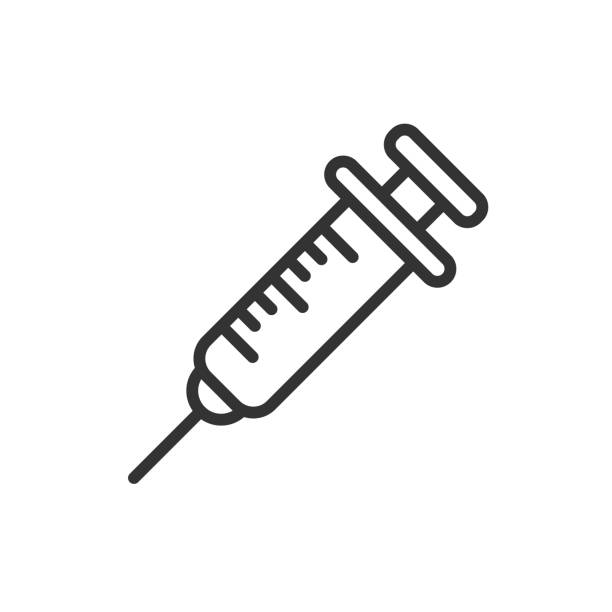Indications
It is indicated for the treatment and prophylaxis of bronchospasm associated with asthma, emphysema and chronic bronchitis. Also indicated in adults for the treatment of cardiac asthma and left ventricular or congestive cardiac failure.
Pharmacology
Aminophylline is a combination of theophylline and ethylenediamine. Ethylenediamine is inactive; it increases the solubility of theophylline in water. Theophylline relaxes bronchial smooth muscle. Suggested mechanisms are an increase in intracellular cAMP through inhibition of phosphodiesterase; adenosine receptor antagonism, prostaglandin antagonism and effects on intracellular calcium.
Dosage And Administration
Oral:
Chronic bronchospasm:
- Adult: As hydrate: Initially, 225-450 mg bid, increased if necessary.
- Child: >3 yr: As modified-release hydrate: 12 mg/kg daily increased to 24 mg/kg daily in 2 divided doses after 1 wk.
Intravenous:
Acute severe bronchospasm:
- Adult: Loading dose: 5 mg/kg (ideal body weight) or 250-500 mg (25 mg/ml) by slow inj or infusion over 20-30 min. Maintenance infusion dose: 0.5 mg/kg/hr. Max rate: 25 mg/min.
- Child: Loading dose: same as adult dose. Maintenance dose: 6 mth-9 yr: 1 mg/kg/hr and 10-16 yr: 0.8 mg/kg/hr.
- Elderly: Dose reduction may be necessary.
- Hepatic impairment: Dose reduction may be necessary.
Administration
Tablets should be swallowed whole and not chewed because of the structure of the tablet.
Contraindications
Aminophylline should not be administered to patients with hypersensitivity to xanthines or ehylenediamine. It should not be administered to patients with active peptic ulcer, since it may increase the volume and acidity of gastric secretions.
Side Effects
The most common adverse effects are gastric irritation, nausea, vomiting, diarrhea, hematemesis, epigastric pain and tremor. These are usually early signs of toxicity; however, with high doses, ventricular arrhythmias or seizures may be the first signs to appear and reactivation of peptic ulcer, headache, irritability, restlessness, insomnia, twitching, convulsion and reflex hyperexcitability, palpitation, tachycardia, hypotension, circulatory failure, ventricular arrhythmias, and flushing, albuminuria, diuresis and hematuria. Also inappropriate ADH syndrome may occur.
Pregnancy And Lactation
Use of aminophylline in pregnant women should be balanced against the risk of uncontrolled disease.
Precautions And Warnings
Aminophylline should be given with caution to patients with peptic ulceration, hyperthyroidism, hypertension, cardiac arrhythmias or other cardiovascular disease, or epilepsy, as these conditions may be exacerbated. They should also be given withcaution to patients with heart failure, hepatic dysfunction, chronic alcoholism, acute febrile illness, and to neonates and the elderly, since in all of these circumstances theophylline clearance may be decreased, resulting in increases in serum-theophylline concentrations and serum half-life.
Therapeutic Class
Bronchodilator, Methyl xanthine derivatives, Respiratory stimulants: analeptics, Theophylline & related drugs
